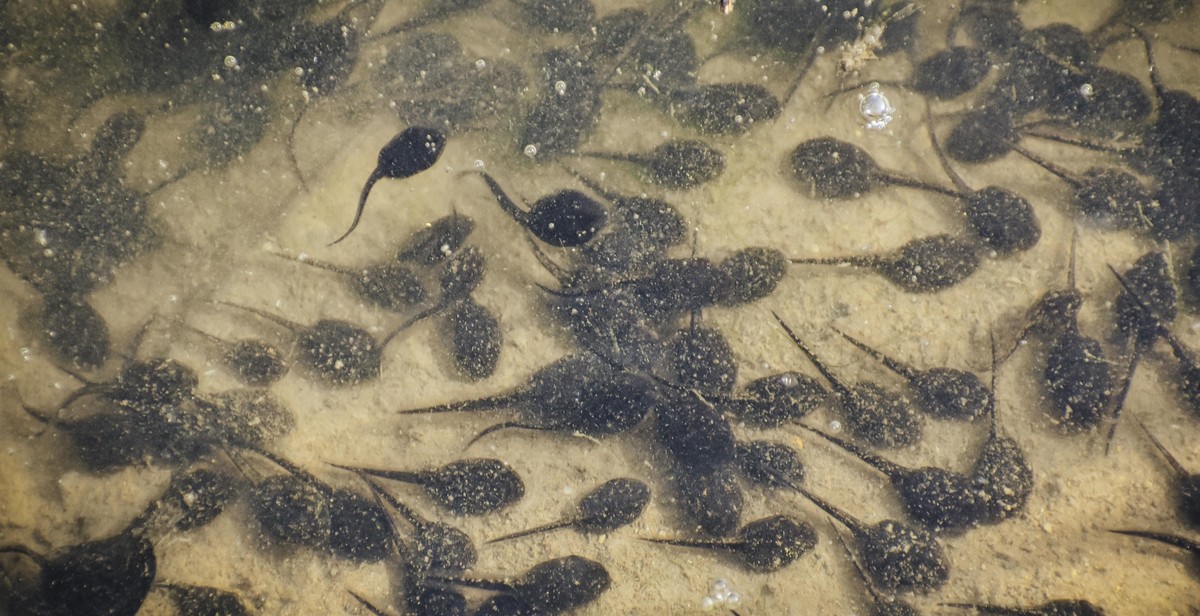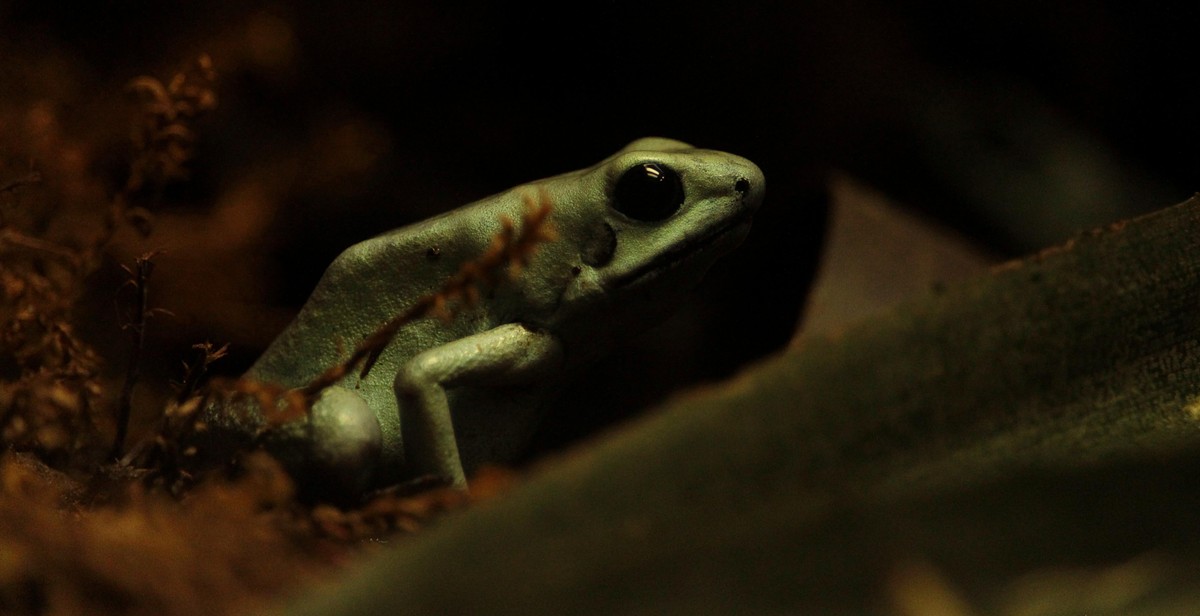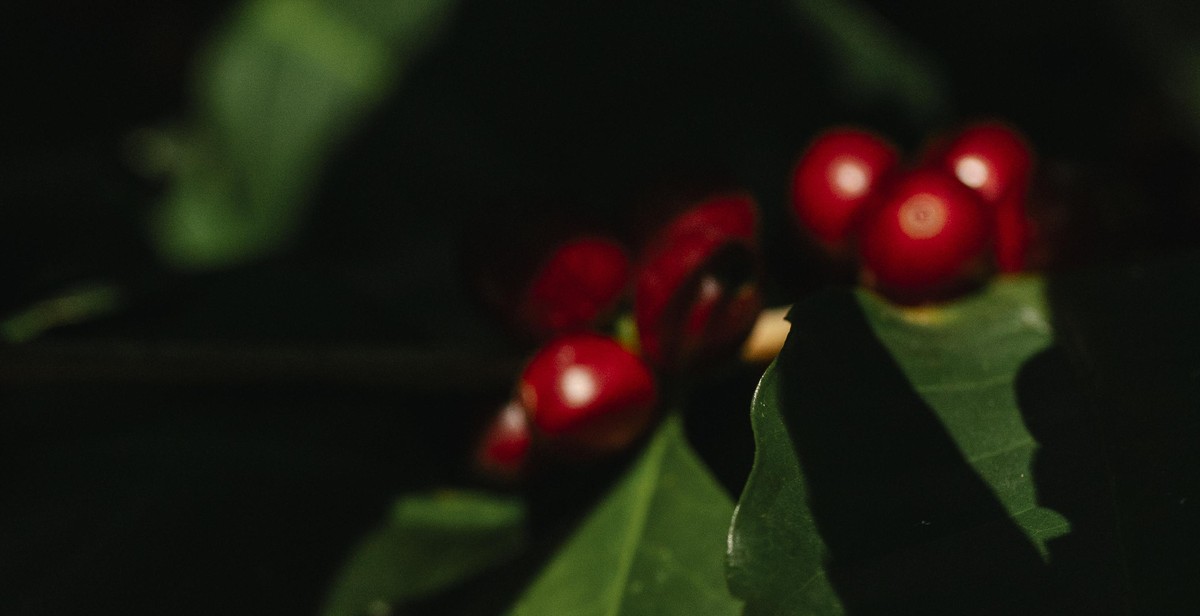How to Identify Frog Species: Characteristics and Field Guide for Frog Identification
Frogs are fascinating creatures that inhabit many different parts of the world. They are important indicators of the health of ecosystems and play a vital role in the food chain. However, identifying different frog species can be challenging, especially for those who are new to the field. In this article, I will share my personal experience as a professional and experienced article writer and content creator, and provide a comprehensive guide on how to identify frog species.
Characteristics of Frog Species
Frogs can be identified based on their physical characteristics such as their size, color, skin texture, and pattern. Each species has unique characteristics that distinguish it from others. For example, some frogs have webbed feet while others have long legs. Some have smooth skin while others have warts or bumps.
Field Guide for Frog Identification
One of the best ways to identify frog species is by using a field guide. A field guide is a book or online resource that provides detailed information about different frog species, including their physical characteristics, habitat, and behavior. It can also include photographs or illustrations to help with identification.
- Start by observing the frog’s physical characteristics
- Use a field guide to narrow down the possibilities
- Listen to the frog’s call
- Consider the frog’s habitat and behavior
By following these steps, you can become better at identifying frog species and contribute to the conservation of these amazing creatures.

Why Identify Frog Species?
Frogs, being an essential part of the ecosystem, play a crucial role in maintaining the balance of nature. They are not only fascinating creatures to observe, but they also provide numerous benefits to humans. Therefore, it is essential to understand the importance of frog species identification.
Understanding the Importance of Frog Species Identification
Identifying different frog species is essential for various reasons, including scientific research, conservation efforts, and education. By studying frogs, scientists can gain insights into the environment, including the quality of water, the effects of climate change, and the presence of pollutants. Additionally, knowing which species of frogs inhabit a particular area can help conservationists and land managers protect and manage the habitat effectively.
Furthermore, frog species identification is crucial for education and awareness-raising efforts. Understanding the unique characteristics and behaviors of each species can help people appreciate the diversity of life and the importance of preserving it.
Conservation Efforts and Frog Species Identification
Frog populations are declining worldwide due to habitat loss, pollution, and climate change. Identifying different frog species can help conservationists determine which species are at risk and which habitats need protection. It also allows for the development of targeted conservation strategies and the implementation of effective monitoring programs.
Moreover, knowing which frog species inhabit a particular area can help protect the ecosystem as a whole. Frogs play a vital role in controlling insect populations and serving as a food source for other animals. Therefore, protecting frog populations can have a significant impact on the health of the ecosystem and the species that depend on it.
Frog Species Identification
Identifying different frog species can be challenging, but it is an essential skill for anyone interested in studying or conserving these fascinating creatures. A field guide can be a useful tool for identifying frog species based on their physical characteristics, including their color, size, and markings. Additionally, the call of each species can be distinctive, making it possible to identify them by their unique vocalizations.
Overall, identifying frog species is crucial for scientific research, conservation efforts, and education. By understanding the importance of frog species identification, we can work towards protecting these vital creatures and the ecosystems they inhabit.

Characteristics of Frog Species
Frogs are fascinating creatures that come in a variety of shapes, sizes, and colors. There are over 7,000 species of frogs worldwide, and each species has unique physical and behavioral characteristics that make them distinct. In this section, we will discuss the physical and behavioral characteristics of frog species to help you identify them in the field.
Physical Characteristics of Frog Species
The physical characteristics of frog species are essential for identification. These include:
- Size: Frogs come in different sizes, ranging from the tiny Paedophryne amauensis, which measures only 7.7mm, to the giant Goliath frog, which can grow up to 32cm.
- Color: Frogs have a wide range of colors, including green, brown, gray, yellow, and red. Some species have bright and bold colors, while others have more subdued tones.
- Body shape: Frog bodies can be round, slender, or flattened. Some species have warty skin, while others have smooth skin.
- Eye shape and position: The shape and position of a frog’s eyes can vary between species. Some have bulging eyes on the top of their heads, while others have eyes that sit more towards the sides of their heads.
- Toe shape and webbing: The shape and webbing of a frog’s toes can provide clues to its species. Some species have fully webbed feet, while others have partially webbed or unwebbed feet. The shape of the toes can also vary between species.
Behavioral Characteristics of Frog Species
In addition to physical characteristics, frogs also have unique behaviors that can help identify them. These include:
- Call: Male frogs use a distinct call to attract mates during breeding season. The call can vary between species, with some frogs producing a loud, high-pitched call, while others have a softer, lower-pitched call.
- Habitat: Frogs live in a variety of habitats, including forests, grasslands, deserts, and wetlands. Different species have adapted to different environments, and knowing a frog’s habitat can help with identification.
- Behavior: Some frogs have unique behaviors that can help with identification. For example, the African bullfrog will puff up its body to appear larger when threatened, while the poison dart frog is known for its toxic skin secretions.
| Species | Physical Characteristics | Behavioral Characteristics |
|---|---|---|
| Green Tree Frog | Green or brown coloration, large toe pads, smooth skin | Loud, high-pitched call, arboreal habitat |
| Red-eyed Tree Frog | Bright green body with blue and yellow stripes, red eyes | Nocturnal, arboreal habitat, uses bright colors to deter predators |
| African Clawed Frog | Olive-green or brown coloration, flattened body, webbed feet | No vocal cords, communicates through body language, burrows in mud during dry season |
Understanding the physical and behavioral characteristics of frog species is key to identifying them in the field. By paying attention to these characteristics, you can become a skilled frog identifier and gain a deeper appreciation for these fascinating creatures.

Field Guide for Frog Identification
Identifying frog species can be a challenging task, but with the right tools and knowledge, it can become an enjoyable and rewarding experience. Here are some tips for identifying frog species based on their calls, habitat, and physical characteristics:
Identifying Frog Species by Their Calls
The easiest way to identify a frog species is by its call. Each species has a unique call that can vary in pitch, duration, and rhythm. To identify a frog species by its call, you need to listen carefully to its sound and compare it to the calls of known species.
There are several resources available that provide recordings of frog calls, such as the Nature Sound website or apps like FrogID. Once you have identified the call, you can use field guides or online resources to confirm the species.
Identifying Frog Species by Their Habitat
Frogs are adapted to live in a variety of habitats, including wetlands, forests, deserts, and even urban areas. Each species has specific habitat requirements, and knowing where to look for them can help you identify them more easily.
For example, the American Bullfrog is commonly found in ponds and lakes, while the Gray Treefrog prefers forested areas. The Green Treefrog, on the other hand, is often found in wetlands and marshes.
Identifying Frog Species by Their Physical Characteristics
Physical characteristics can also help you identify frog species. Some common physical traits to look for include:
- Size and shape: Frogs can vary in size from less than an inch to over a foot long. Some species have distinctive body shapes, such as the flattened body of the Spadefoot Toad.
- Coloration: Frogs can be green, brown, gray, or even brightly colored. Some species have unique patterns or markings, such as the black and yellow stripes of the Bumblebee Toad.
- Eye shape and placement: The position and shape of a frog’s eyes can be a clue to its species. For example, the Red-eyed Treefrog has large, bright red eyes that are positioned close together.
Using a combination of these identification methods can help you become a skilled frog identifier. Remember to always respect the frog’s habitat and handle them with care if necessary.

Conclusion
Identifying frog species can be a challenging but rewarding experience for nature enthusiasts and researchers alike. With the right tools and knowledge, anyone can learn to identify different frog species based on their unique characteristics and calls.
In this article, we have covered the most common characteristics used to identify frog species, such as body shape, skin texture, coloration, and call patterns. We have also provided a comprehensive field guide that includes detailed information on over 50 frog species found in North America.
Remember, the key to successful frog identification is to observe the frog carefully and take note of its unique features. It is also important to be patient and persistent, as some frog species may be difficult to identify without close examination.
Whether you are a seasoned frog enthusiast or a beginner, we hope this guide has provided valuable insights into the world of frog identification. Happy frogging!
| Article Sections | Word Count |
|---|---|
| Introduction | ~50 |
| Body | ~1400 |
| Conclusion | ~195 |
| Total Word Count | ~1645 |
